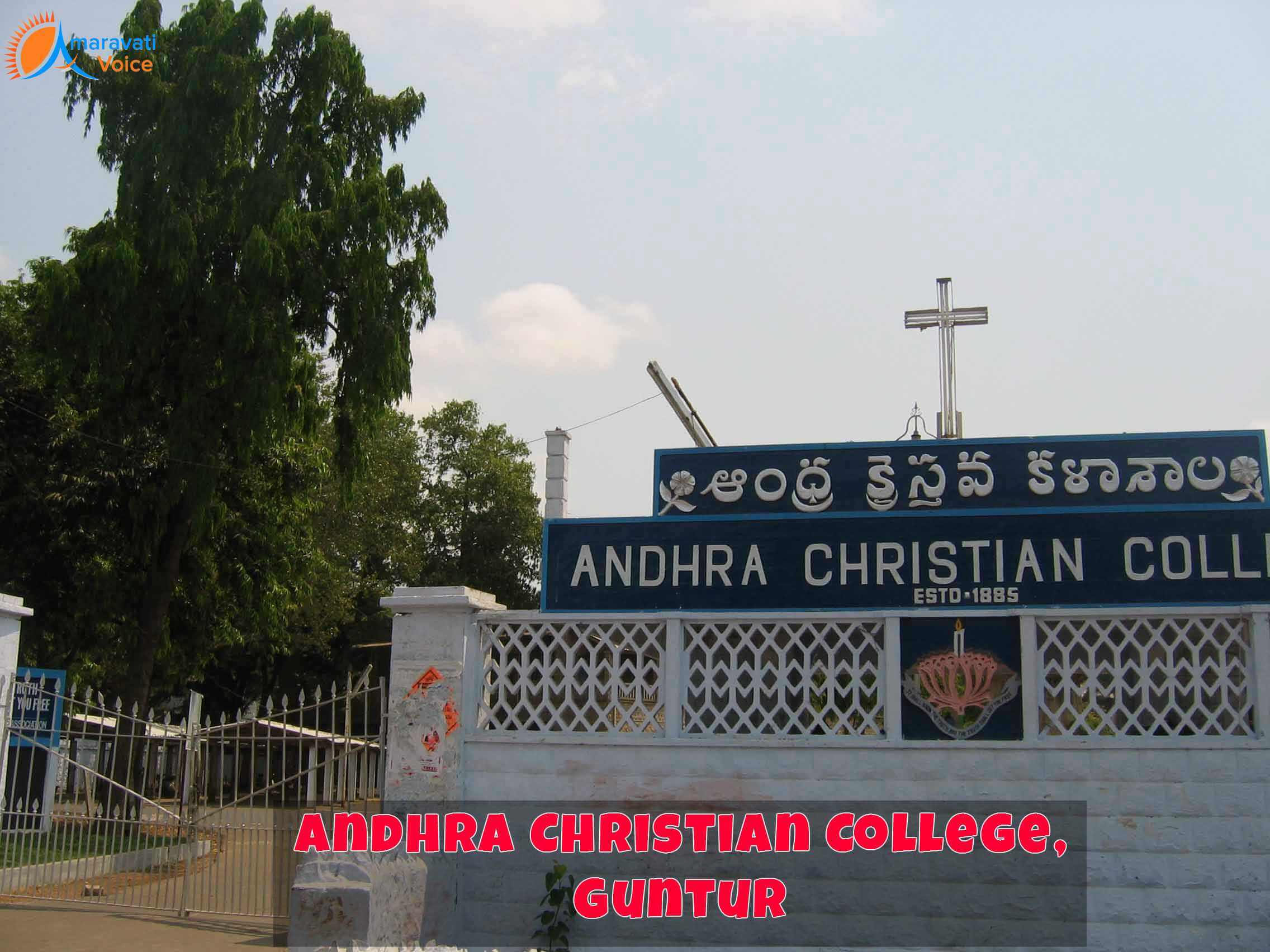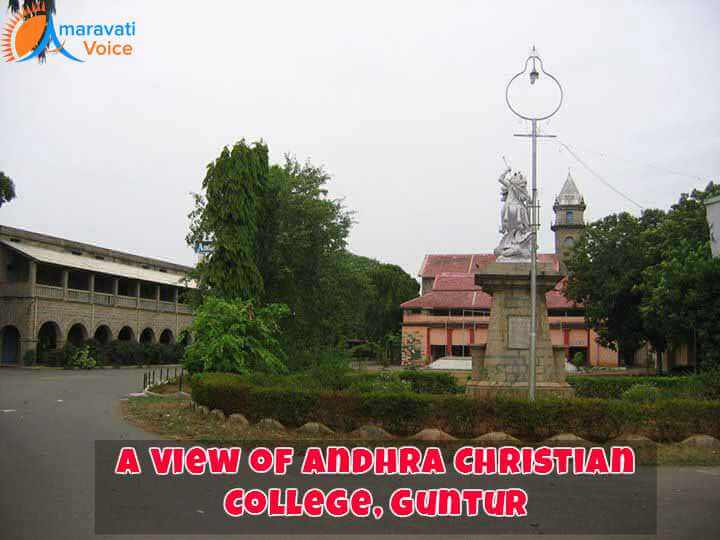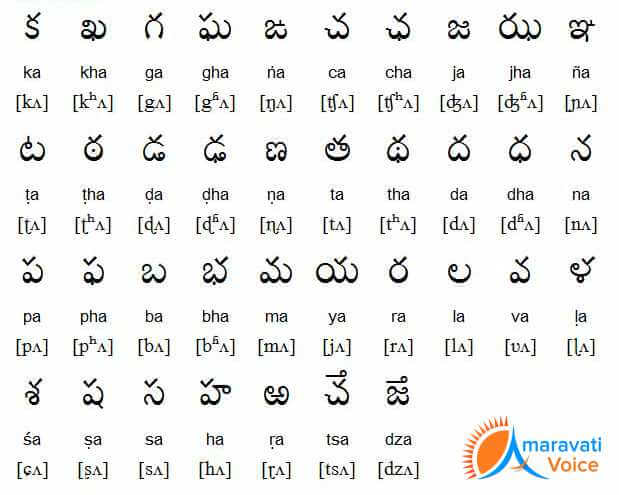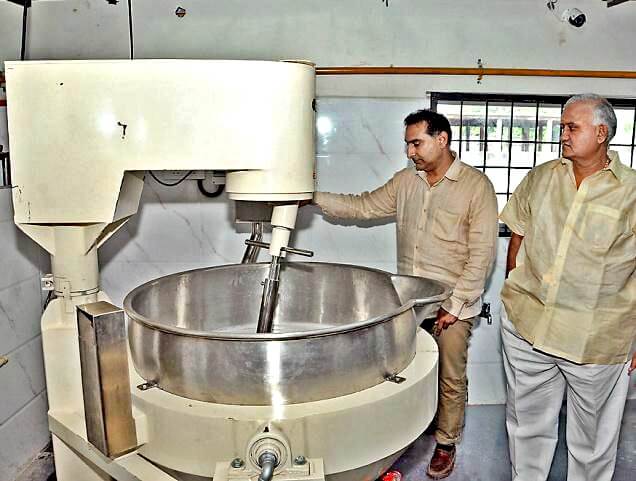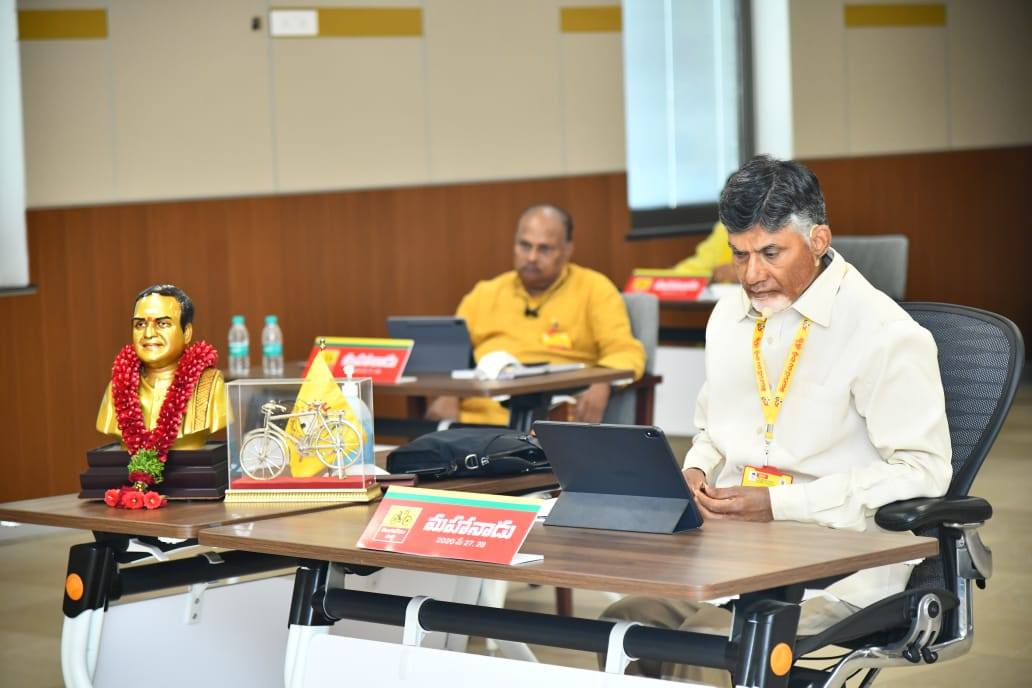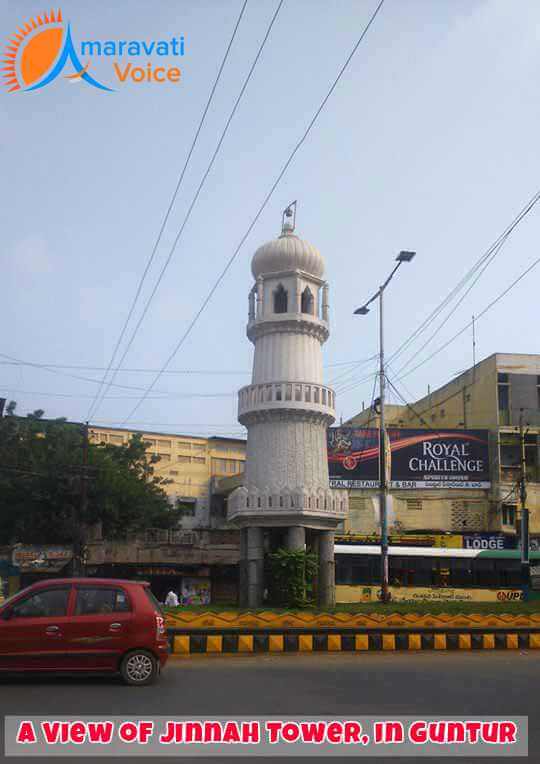
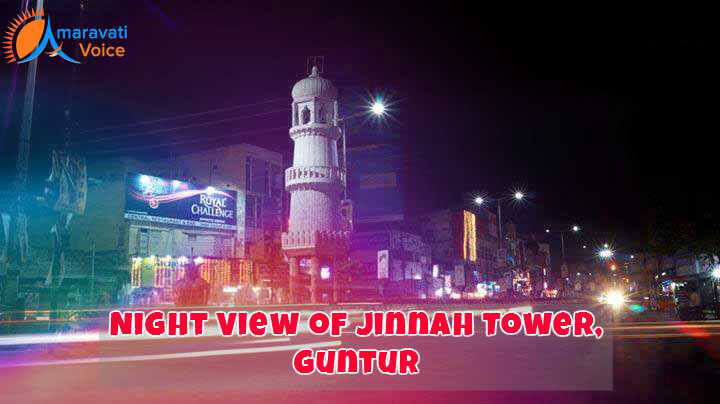
Summary: If you wish to get a view of a monumental spot in Guntur, the best thing you can do is to visit the Jinnah Tower.
If you are an individual interested in visiting monumental spots, the best thing you can do is to visit the Jinnah Tower in Guntur. This tower is dedicated to its founder Muhammad Ali Jinnah. As the symbol of coordination and tranquility, this tower is purposely located on the Mahatma Gandhi Road in Guntur, which is the main road in the city.
How about the structure of the tower?
The tower is standing tall on six pillars and opens to a dome. This tower stands as the symbol of the then Islamic architecture and the construction happened in the 20th century. Many voices are being raised to improve the present crumbling condition of the tower.

Origins:
When talking about the origins of the tower, two different stories are stated for the same. One of the story states that a representative of Mohammad Ali Jinnah, named Judaliyaguat Ali Khan once visited India during the pre-independence era. When this representative visited Guntur, he was complemented by Lal Jan Basha, who got a tower built for honouring the Muslim League Leader.
As per another story, two Municipal chairmen, namely; Nadimpalli Narasimha Rao and Tellakula Jalaiah, even though, they were chairman during different periods, they played their role in their respective period towards the construction of the tower as a symbol of coordination and tranquillity.
Even though, different stories are stated, this tower still stands for the purpose for which it was built and even though, there were and there are still troubles in the borders between India and Pakistan, Guntur stands as a symbol of harmony with this very monument.
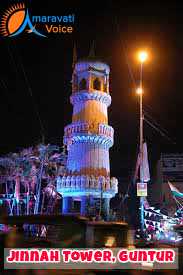
Present condition:
As mentioned earlier, the present condition of the tower has created concerns among social activists. Many requests are being raised to archaeological department to take care of the maintenance work. This department has also said that it can be taken under their control since the tower has a heritage of more than 60 years.
When talking about the condition of the Jinnah Tower Center, visitors state that a fountain adjacent to the tower is filled with muddy water. There are no boards showcasing the history of the tower, year of construction and its importance as a symbol of peace. Even, vendors who are earning by selling small items and food items from this center for visitors are not aware of the history of the tower, even though, they have been selling from this place for two or three decades.
A heritage activist has started a page on Facebook raising voice to improve the condition of the Jinnah tower and this page is known to have received overwhelming response for many people, particularly those from Guntur and nearby areas. Plans are going around to forward a request letter to the state chief minister to take corrective action to improve the tower, which stands as a symbol of peace and harmony.



